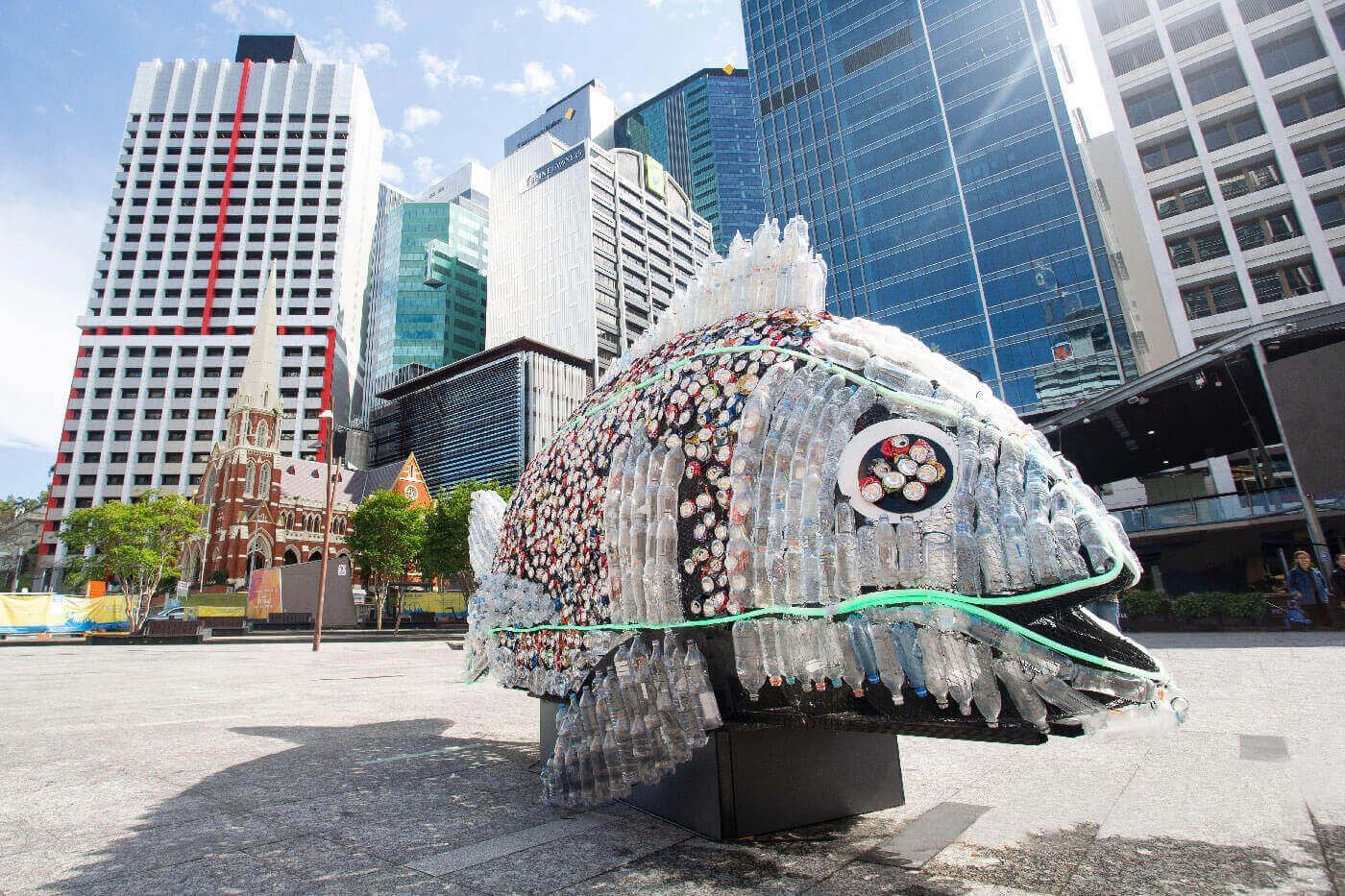How To Out-compete Your Competitors And Win The Best Talent For Your Team
In the lead up to End of Financial Year, organisations are reporting they find themselves in fierce competition for the same Candidate.
You know the drill; You go through the shortlisting and interview process, and you find a great candidate. But that perfect candidate selects another organisation’s job opportunity—a significant waste of time and effort, not to mention frustrating.
You find yourself limited by non-negotiable factors like Position Level, Location, Rate of Pay or Salary, but many organisations often underestimate the range of talent-attracting-arsenal they have up their sleeves.
We know that remuneration and location are two key factors that Candidates assess when faced with competing job offers, however a recent Australian-based study by titled, ‘What Matters to the Modern Candidate’ indicates that Candidates are giving weight to three other non-financial factors in their decision-making process:
- Connection + Lifestyle Fit
- Meaningful + Dignified work
- How they perceive you as a leader.
Sometimes you cant compete on fixed items like rate of pay or location, but you can compete hard on your ability to offer lifestyle fit, meaningful work and your leadership offering.
Here are some recent examples of how our Clients have out-competed other organisations in securing the best talent for their teams:
Meet their lifestyle and emotive needs
Maslow had it right when he identified that we perform best when our primary needs are met. Connecting deeply and understanding your Candidate’s personal needs is critical. More and more we work-to-live rather than live-to-work. We’re seeing savvy departments discuss and identify the lifestyle accommodations their Candidate is looking for during interview. In fact, it is fast becoming a standard interview question. What do they want? Is it more time with their children? Flexible start and finish times? Whatever it is, smart leaders work hard during the interview to identify it, discuss it and then appeal to it. By making sure you go there during the interview, you are likely to leave your Candidate feeling that you care about their needs and have a range of offerings to suit.
Create meaning and dignity
Different individuals have different definitions of meaningful work and no two Candidates are alike. By listening to what gives your Candidate a sense of satisfaction, you can customise your discussions to appeal to their satisfaction-drivers. What substantial challenges will the role be tackling? How does your team contribute to the organisations goals ? You might think you don’t have to connect those dots for a Candidate, but if you do, you’ll see an instant increase in your job offer to acceptance ratio (JO: JA).
Connect more than once + use narrative
Here is a recent example of how one of our State Government Clients used Connectivity and Narratives to engage superior talent. One of our savvy and forward-thinking Clients were competing for a Candidate in the post interview part of the recruitment process. Competing against an unknown role, our Client understood that “connection was key” and established a coffee meeting. Both parties connected again which deepened the sense of trust and engagement. This savvy leader also used the opportunity to share positive narratives as an engagement technique which provided compelling insight to the candidate. The outcome? The Candidate accepted. The Client continues to be one of the most effective and forward-thinking teams in State Government.
You as leader + how your team leaders come off at interview
We know people leave managers, not jobs. That’s not news to anyone. We all want to work for great leaders. Being self-aware about the impression you and your team leaders provide at interview is critical. Are you 100% aware of how you are perceived? We might think we are warm, friendly, and accommodating but the fact is, Candidates report all kinds of interesting “impressions” post-interview, for example:
- the interviewer seemed very flustered and distracted
- the interviewer asked great questions but in a confrontational manner
- the interviewer was very reserved and didn’t seem warm or friendly at all.








